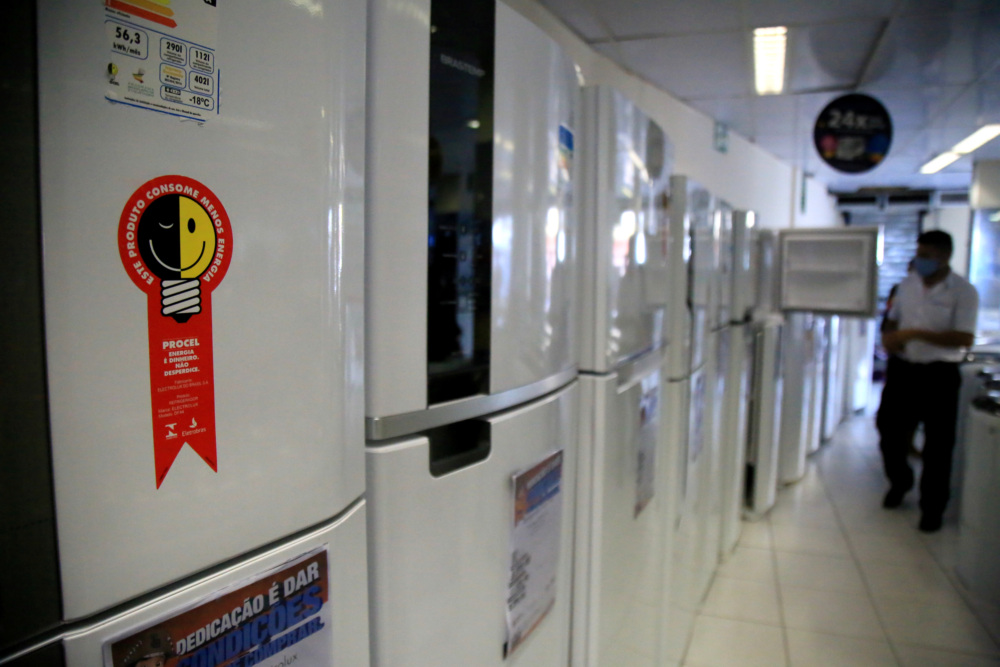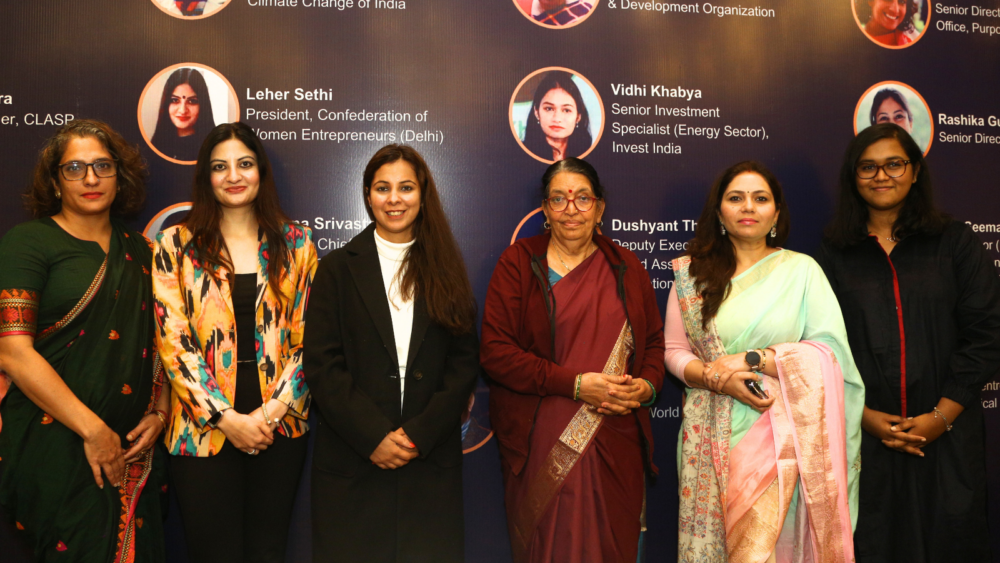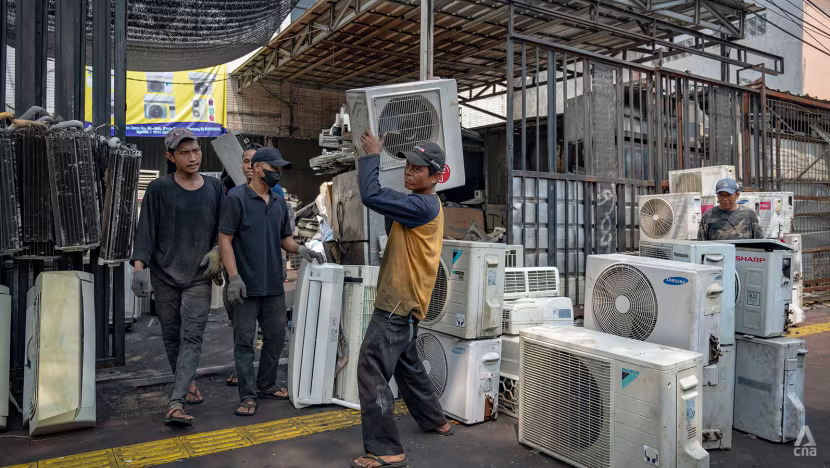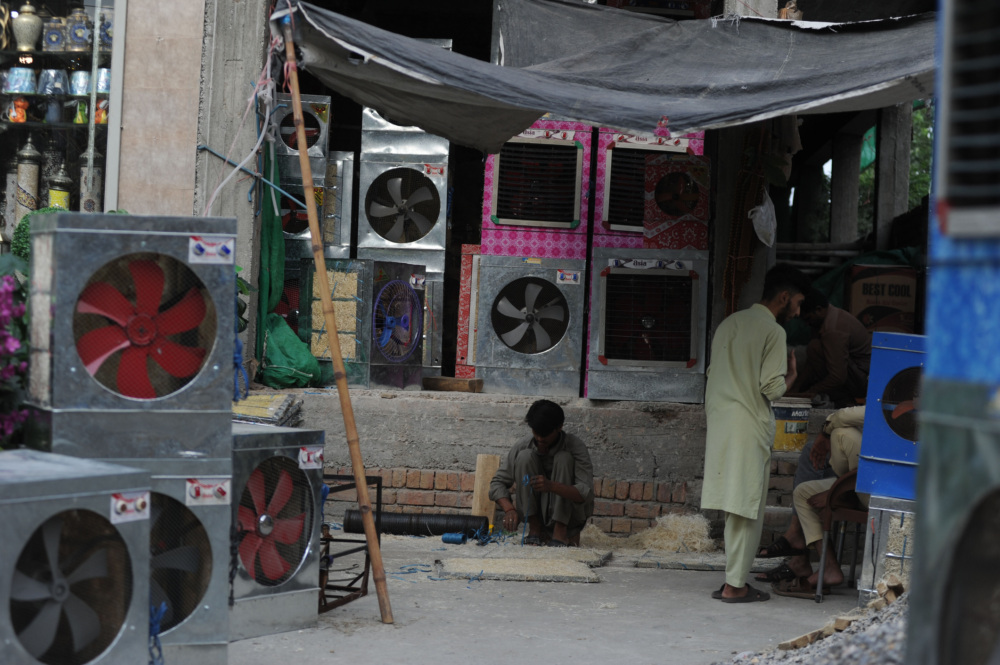Analysis Finds ROI of Appliance Efficiency Well Below Social Cost of Carbon
New analysis from CLASP finds appliance standards and labeling policies deliver major climate benefits well below the social cost of carbon.
Jim McMahon, Better Climate
Appliance energy efficiency is a foundational component of effective climate policy, with well-documented social and economic benefits. A global transition to efficient appliances and equipment would cut more than 1 Gt of carbon emissions per year and save more than USD 200 billion annually on electricity bills.
CLASP’s new report, Pennies per Pound: The Return on Investment from Appliance Efficiency Technical Assistance, adds to the evidence base that appliance energy efficiency is a worthwhile investment, comparing the administrative costs of running such policies and climate impacts to the social cost of carbon.
We calculate the return on investment of appliance efficiency policies and technical assistance efforts. Our findings show appliance energy efficiency is a cost-effective climate mitigation tool.
Findings show appliance efficiency standards and labeling policies deliver major climate benefits for a minimal investment. When considering the benefits of different climate interventions, it is often helpful to compare their costs to the social cost of carbon. In the United States, the social cost of carbon, now USD 51 per ton, is used to determine whether a particular policy intervention is justified from a cost-benefit perspective. Any policy that reduces emissions for less than the social cost of carbon would be justified because the future economic benefits of mitigation outweigh the current costs.
For each of the 10 case studies assessed, the administrative costs required to achieve a one-ton reduction in CO₂e ranged from less than one cent per ton to USD 1 per ton.
Our analysis provides conclusive evidence that appliance energy efficiency policies are a smart investment for governments, enabling them to maximize climate impacts at a minimal cost.
Governments and implementing agencies are encouraged to read the full report and explore each case study in detail here.









